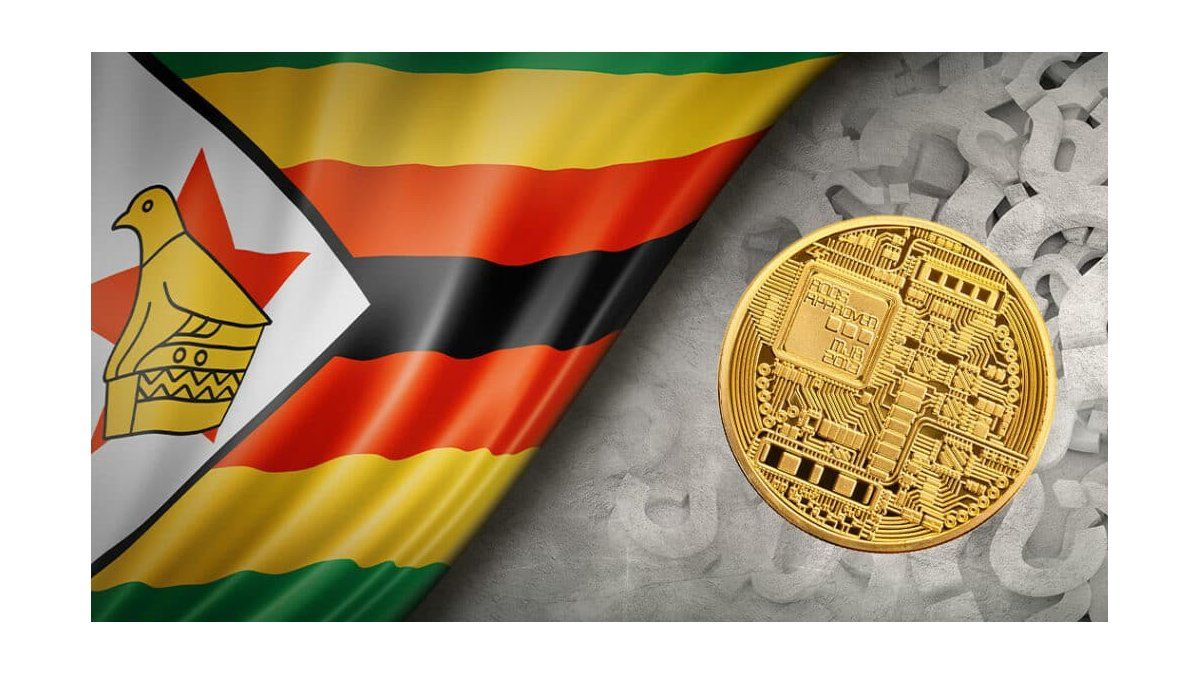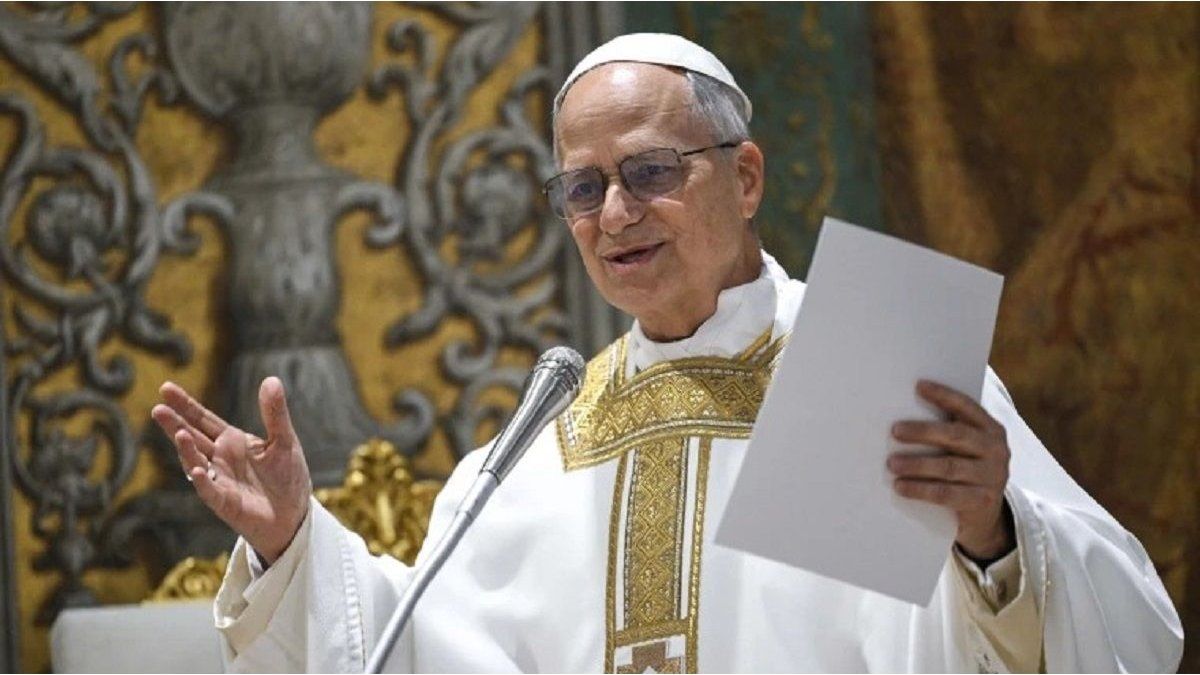He Reserve Bank of Zimbabwe (RBZ) plans to introduce a digital currency backed by gold as legal tender to help stabilize the local currency, the Zimbabwean dollar.
Speaking to the local newspaper The Sunday Mail, the President of the Bank of Zimbabwe, John Mangudya, He noted that the parallel market exchange rate is expected to start to stabilize when tobacco growers start receiving their share of US dollar payments this week.
According to Mangudya, the current exchange rate volatility, he said, was caused by “expectations of a greater supply of foreign currency in the market when the tobacco marketing season opens in March.”
“However, the supply of foreign exchange in the last three weeks has been lower than expected. That expectation raised rates because people thought there would be more money in the market. With the start of the tobacco marketing season, the biggest some of the funds have been earmarked for the obligations of tobacco contractors. Now the money will start flowing into the growers’ own accounts at the end of this month, that’s when most of them start receiving their portions in dollars,” he added.
The Zimbabwean dollar is known for its volatility. A year ago, a US dollar was worth about 150 zim dollars, it is now closer to 1,000, according to Investing.com. The country trades on both the Zimbabwean dollar and the US dollar.
The RBZ announced in August that it planned to create a central bank digital currency (CBDC). Other African countries have been exploring a CBDC such as Nigeria, which launched its eNaira in October 2021.
Zimbabwe fights inflation
Zimbabwe is the country where prices rose the most in 2022. Specifically, Zimbabwe’s year-on-year CPI in 2022 was 339.7% and the previous year of 353%. In this context, the government tries to use different resources to stop the rise in prices.
The Central Bank of Zimbabwe issued gold coins last summer to combat inflation, which in November 2022 alone is estimated at 255%, the highest in the world. These gold coins, called Mosi-oa-Tunya, refer to Victoria Falls; and in front, you can see the coat of arms of the country.
John Mangudya, president of the Central Bank of Zimbabwe, said that these currencies are a useful tool to remove excess liquidity from the economy.
The objective of these coins, which are used to make payments and not to be collected, is to reduce the domestic demand for dollars. With inflation at 255% as of November, the highest in the world, the central bank began selling these currencies in the summer of 2022, in order to offer a haven of value for citizens, while offering an alternative to the dollar.
Along with these measures, Zimbabwe adopted the dollar as legal tender for the next five years, in order to stabilize the exchange rate. However, the lack of dollars has made this goal somewhat problematic to achieve.
zimbabwe currency.webp
Zimbabwe is the second country with the largest gold reserves in the world. It is estimated that 60% of gold is mined in an artisanal way. Officially, the gold must be sold to Fidelity printers, a company controlled by the Central Bank. The issuance of the coins is intended to encourage mining, since those who extract more gold could receive 80% of their payment in stable international currencies.
Sources from the International Monetary Fund (IMF) quoted by Bloomberg on January 18 indicate that these currencies have helped to withdraw liquidity from the market in the form of Zimbabwe dollars, but that this has entailed high opportunity costs in reserves leaving the Central Bank.
Source: Ambito
I am a 24-year-old writer and journalist who has been working in the news industry for the past two years. I write primarily about market news, so if you’re looking for insights into what’s going on in the stock market or economic indicators, you’ve come to the right place. I also dabble in writing articles on lifestyle trends and pop culture news.




